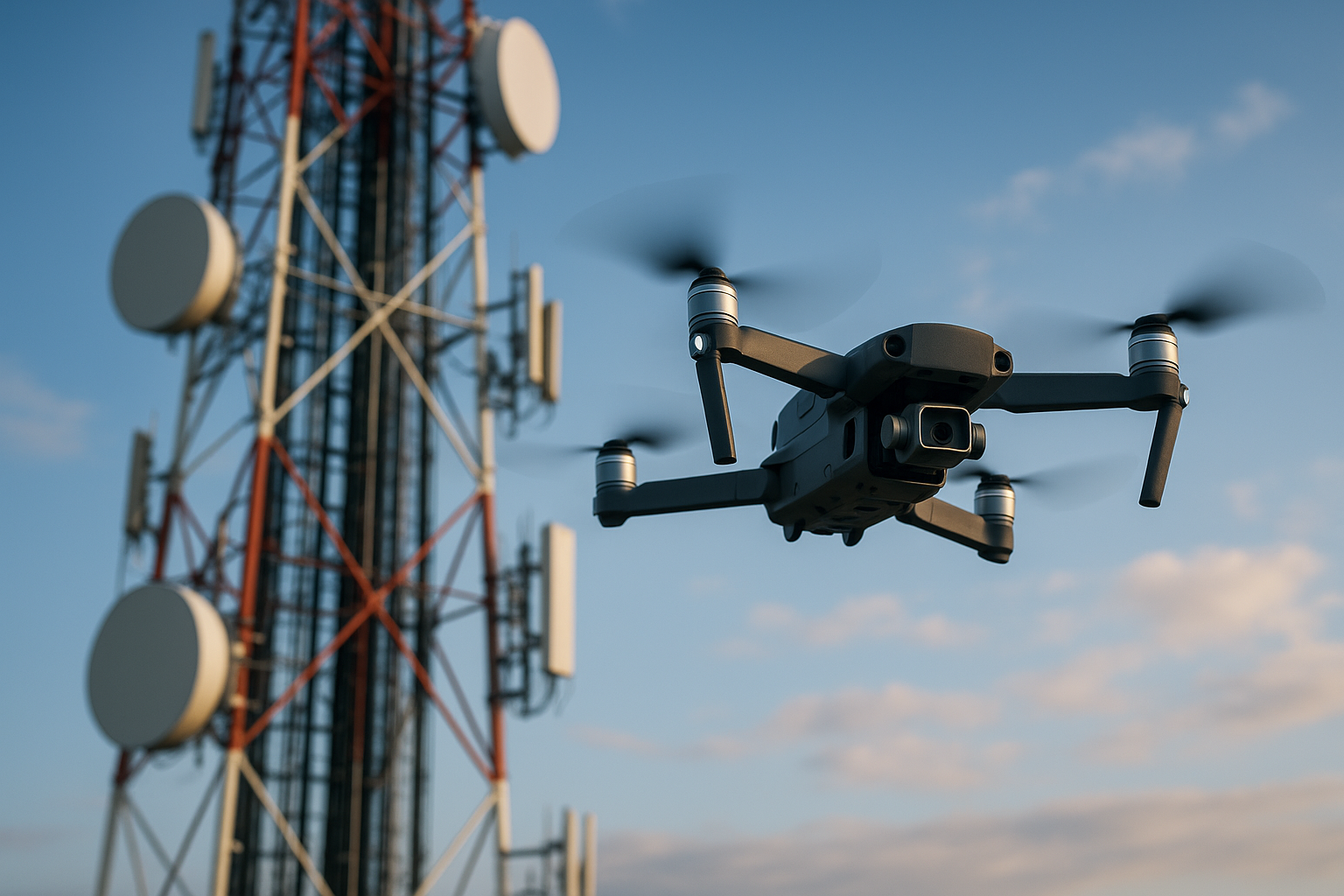Pressure Monitoring Protocols for Detecting Subsurface Breaches
Effective pressure monitoring protocols are central to identifying subsurface breaches in buried infrastructure and pipelines. This overview summarizes how pressure sensing pairs with acoustic, thermal, and infrared techniques, and explains mapping, inspection, calibration, and data fusion practices that support reliable detection and ongoing monitoring.

Detecting subsurface breaches requires a structured pressure monitoring approach combined with complementary sensing methods. Pressure signatures—whether slow depressurization or rapid drops—are meaningful only when sensors are properly placed, calibrated, and integrated with acoustic, thermal, and mapping data. Well-defined protocols reduce false positives, speed responses, and help prioritize physical inspection efforts.
How does pressure sensing detect subsurface breaches?
Pressure sensing detects anomalies by tracking deviations from established baselines and expected transient behaviors. High-resolution transducers installed at strategic points along a pipeline or network measure absolute and differential pressure. Algorithms compare real-time readings to modeled baselines that account for temperature, flow, and elevation. A sustained pressure decline or an unexpected transient can indicate fluid loss into the subsurface; however, hydraulic events, operational valve changes, and environmental influences must be filtered to avoid misclassification.
Pressure monitoring protocols define sampling rates, alarm thresholds, and validation steps. Sampling should capture both steady-state and transient events—higher-frequency sampling improves sensitivity to rapid breaches but increases data volume. Protocols also specify logging granularity, retention periods, and procedures for verifying anomalous events with secondary sensors or manual inspection.
What role does acoustic monitoring play?
Acoustic monitoring complements pressure data by detecting sound signatures associated with leaks and material failure. Distributed acoustic sensing (DAS), point acoustic sensors, and acoustic emission (AE) monitors can identify the characteristic frequencies and amplitudes produced when fluid escapes under pressure. Time-of-arrival and cross-correlation methods help localize events along linear assets such as pipelines.
Acoustic systems are valuable for short-duration or small-diameter leaks that may not immediately produce large pressure changes. They can also help distinguish between mechanical impacts, external interference, and genuine fluid release when combined with pressure trend analysis.
How are thermal and infrared methods applied?
Thermal and infrared inspection detect temperature anomalies at the ground surface or on exposed infrastructure that indicate subsurface fluid migration. Infrared cameras mounted on vehicles, drones, or handheld instruments reveal localized cooling or warming where a fluid is entering or exiting the soil. Thermal surveys are especially useful for detecting leaks of fluids with a different temperature than ambient conditions or for identifying seepage pathways over time.
Protocols typically specify survey timing (e.g., dawn/dusk for maximum thermal contrast), sensor resolution, and environmental conditions under which results are considered reliable. Thermal data are most effective when mapped against pressure and acoustic detections to confirm whether a subsurface breach is active or historical.
How does pipeline mapping and inspection integrate?
Accurate mapping is essential to contextualize pressure and sensing data. Geographic information system (GIS) layers that include pipeline location, depth, material, valves, and nearby infrastructure allow operators to prioritize inspection zones when an anomaly occurs. Inline inspection tools (e.g., smart pigs) provide internal condition data, while external surveys identify right-of-way disturbances that may stress a pipeline.
Inspection protocols coordinate scheduled in-line inspection, above-ground surveys, and targeted excavations informed by monitoring outputs. Mapping also supports predictive maintenance by correlating historical incident locations with soil types, crossings, and construction records.
How are calibration and sensor fusion managed?
Calibration ensures that pressure transducers, acoustic sensors, and thermal instruments produce reliable measurements traceable to standards. Protocols include initial factory calibration, field verification, periodic recalibration intervals, and procedures for out-of-tolerance sensors. Regular calibration minimizes measurement drift that would otherwise undermine anomaly detection.
Sensor fusion combines disparate data streams—pressure, acoustic, thermal, mapping, and inspection records—into a coherent assessment. Fusion approaches weight each input based on accuracy, latency, and context: a corroborated pressure drop plus acoustic localization and a thermal anomaly yields higher confidence than any single indicator. Fusion algorithms should be transparent, auditable, and validated against historical events to avoid overfitting.
What protocols govern monitoring and data use?
Monitoring protocols define alarm thresholds, escalation steps, and verification workflows when an anomaly is detected. These procedures specify who receives alerts, how automated filters are applied, and what field actions are required for different alert levels. Data governance covers retention, access control, and integration with maintenance management systems.
Regular drills, review of false positives, and post-event analyses refine thresholds and procedures. Documentation of sensor locations, calibration history, and inspection outcomes supports continuous improvement and helps regulators and stakeholders assess system reliability.
In summary, pressure monitoring protocols for detecting subsurface breaches rely on a layered approach: reliable pressure sensing paired with acoustic, thermal, and mapping tools, supported by disciplined calibration, sensor fusion, and documented operational procedures. Consistent application of these protocols improves detection sensitivity and decision confidence while reducing unnecessary excavations and operational disruptions.






